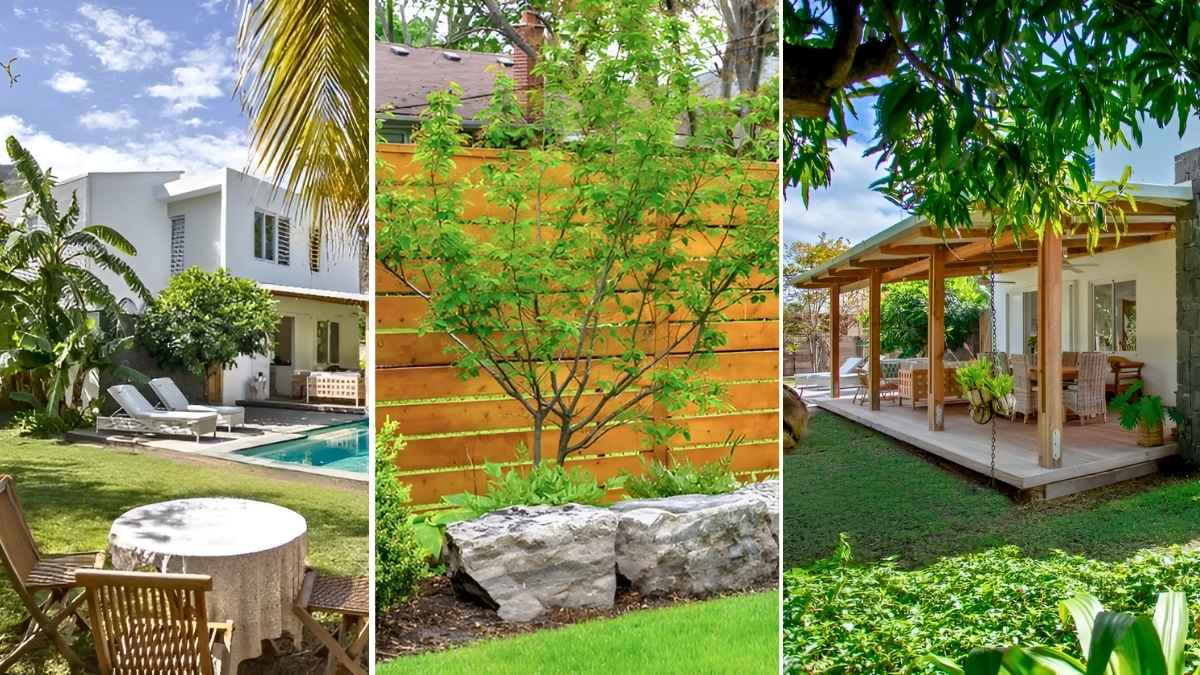Join on WhatsApp
Get the latest updates directly on WhatsApp – motivation, news & more!
Gardening is supposed to be peaceful. A gentle dig in the dirt, the rustle of leaves, the occasional buzz of a bee it’s therapy without the waiting list. But all too often, something as simple as planting a hedge or trimming a tree can turn into a full-blown neighbourhood feud.
From disputes over overhanging branches to complaints about compost smells or boundary confusion, gardens can be unexpectedly personal territory. Emotions run high when people feel their privacy, sunlight, or view is being threatened even if unintentionally.
The good news is that it doesn’t have to be this way. With a little communication, compromise, and planning, it’s entirely possible to grow your dream garden without stepping on anyone’s toes (or tulips). Here’s how to garden in harmony and keep the peace, even when fences don’t make perfect neighbours.
Know Where Your Boundaries Are Literally
The quickest way to stir up neighbourly tension is to plant, build, or prune on land that isn’t technically yours. Before you start digging or planting anything near a property line, double-check the boundary. It’s easy to make assumptions, especially in older neighbourhoods where fences may not align perfectly with legal lot lines.
If you’re unsure, you can usually find boundary information through your local land records or property documents. It might seem like a hassle, but getting clarity up front can prevent years of passive-aggressive glances and garden sabotage.
Even if you’re well within your rights, a quick chat with your neighbour before making big changes can go a long way. A bit of transparency builds trust and may even lead to shared projects or compromises that benefit both sides.
Be Tree-Savvy and Shrub-Smart
Trees are a common source of garden conflict especially if they’re large, messy, or casting shade over the neighbour’s prized rose bed. While you may love the sound of rustling leaves or the privacy your tree provides, your neighbour may see it as a leaf-dropping, root-spreading menace.
The key here is awareness. If you’re planting something that will grow large, consider how it will affect both your own garden and the surrounding ones. Think about height, spread, leaf drop, and the shade it will cast in winter versus summer.
If your tree already exists and becomes a problem, be proactive. Offer to trim it back before it becomes a complaint. If branches hang over a neighbour’s garden, know that they generally have the legal right to cut them back but doing it together can avoid bitterness.
And if you’re on the receiving end? A friendly conversation is always a better first step than an angry note or sudden pruning session.
Fence Fixes Without the Drama
Fences do more than mark boundaries they’re privacy providers, windbreaks, and sometimes sore points. Disagreements over fence height, appearance, or maintenance are some of the most common reasons neighbours fall out.
If you share a fence, it’s important to know who owns it or whether it’s a joint responsibility. Most areas have rules about maximum fence heights and materials, especially for front gardens. Check local regulations if you’re unsure.
When building or changing a fence, involve your neighbour in the conversation. Let them know your plans, show them the design, and ask for input if appropriate. Even if they don’t contribute financially, being included in the process can ease tensions.
If your neighbour has a fence you’re not thrilled about, pick your battles. Sometimes a strategic row of bamboo or a climbing plant on your side of the fence is a more peaceful solution than a confrontation.
Mind the Noise, the Smell, and the View
Gardening isn’t always quiet work. Lawnmowers, chainsaws, hedge trimmers all of them can shatter a peaceful weekend afternoon. If you’re planning a noisy gardening session, consider the time of day and how often you’re making a racket.
The same goes for smells. Compost bins, manure, and certain mulches can be offensive if not managed well. Make sure your compost is aerated and balanced. Don’t place it right along the neighbour’s fence, and avoid turning it on windy days if the odour’s strong.
Finally, be mindful of what your garden looks like from next door. You may love the wild, unkempt aesthetic of a rewilded meadow, but your neighbour might not appreciate nettles and brambles creeping into their lawn. Beauty is subjective, but compromise and care go a long way.
Light and Privacy: A Delicate Balance
One of the most common modern garden dilemmas involves balancing sunlight with privacy. You may want to plant a tall hedge or build a screen to shield your garden from prying eyes but your neighbour may rely on that exact sunlight for their greenhouse, veg patch, or living room.
Before you go vertical, think horizontal. Can you plant in a staggered way, use open trellises, or choose deciduous trees that allow winter light to pass through? Sometimes a solution lies in thoughtful placement rather than height.
If privacy is a concern on both sides, talk about it. You might find that you both want the same thing and can come up with a shared plan. A living wall, bamboo screen, or mixed border of shrubs could offer seclusion and sunlight in equal measure.
Be the Neighbour Who Checks In
At the heart of all garden conflicts is usually a lack of communication. People feel excluded, ignored, or blindsided by changes they didn’t expect. A little check-in from time to time can make all the difference.
If you’re planning something new or dramatic in the garden, give your neighbours a heads-up. You don’t need their approval for every hanging basket, but if you’re building a greenhouse, installing a pond, or planting a row of conifers along the boundary, let them know. It shows respect, and more often than not, it opens the door to helpful suggestions or cooperation.
Likewise, if something in your neighbour’s garden is bothering you, raise it gently and early before it becomes a source of resentment. A calm chat over the fence can resolve most things faster than a formal complaint ever could.
The Garden Fence Isn’t a War Zone
In the end, a garden should be a place of connection to nature, to ourselves, and, ideally, to those who live nearby. While it’s true that fences mark the edge of our space, they don’t have to mark the end of goodwill.
With a little understanding, mutual respect, and open communication, it’s entirely possible to grow a garden you love without growing tension along the way. Sometimes, the best thing to plant in your garden isn’t a tree or a tomato it’s trust.
Because when neighbours get along, everything grows better.




